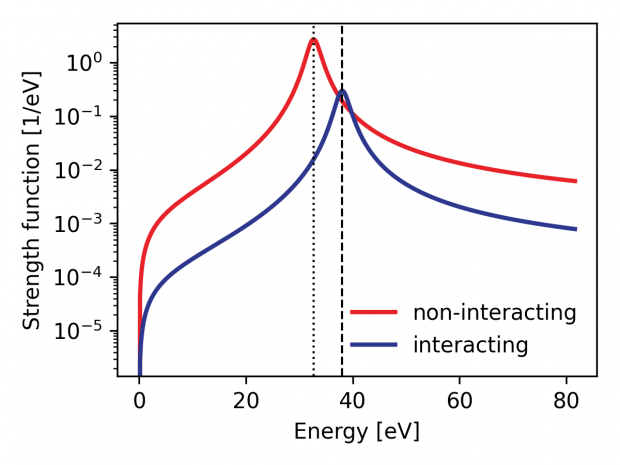A Reactive Molecular Dynamics Study of Chlorinated Organic Compounds. Part I: Force Field Development
Abstract
This work presents a novel parametrization for the ReaxFF formalism as a means to investigate reaction processes of chlorinated organic compounds. Force field parameters cover the chemical elements C, H, O, Cl and were obtained using a novel optimization approach involving relaxed potential energy surface scans as training targets. The resulting ReaxFF parametrization shows good transferability, as demonstrated on two independent ab initio validation sets. While this first part of our two-paper series focuses on force field parametrization, we apply our parameters to the simulation of chlorinated dibenzofuran formation and decomposition processes in Part II.

 Open Access version available at
Open Access version available at 